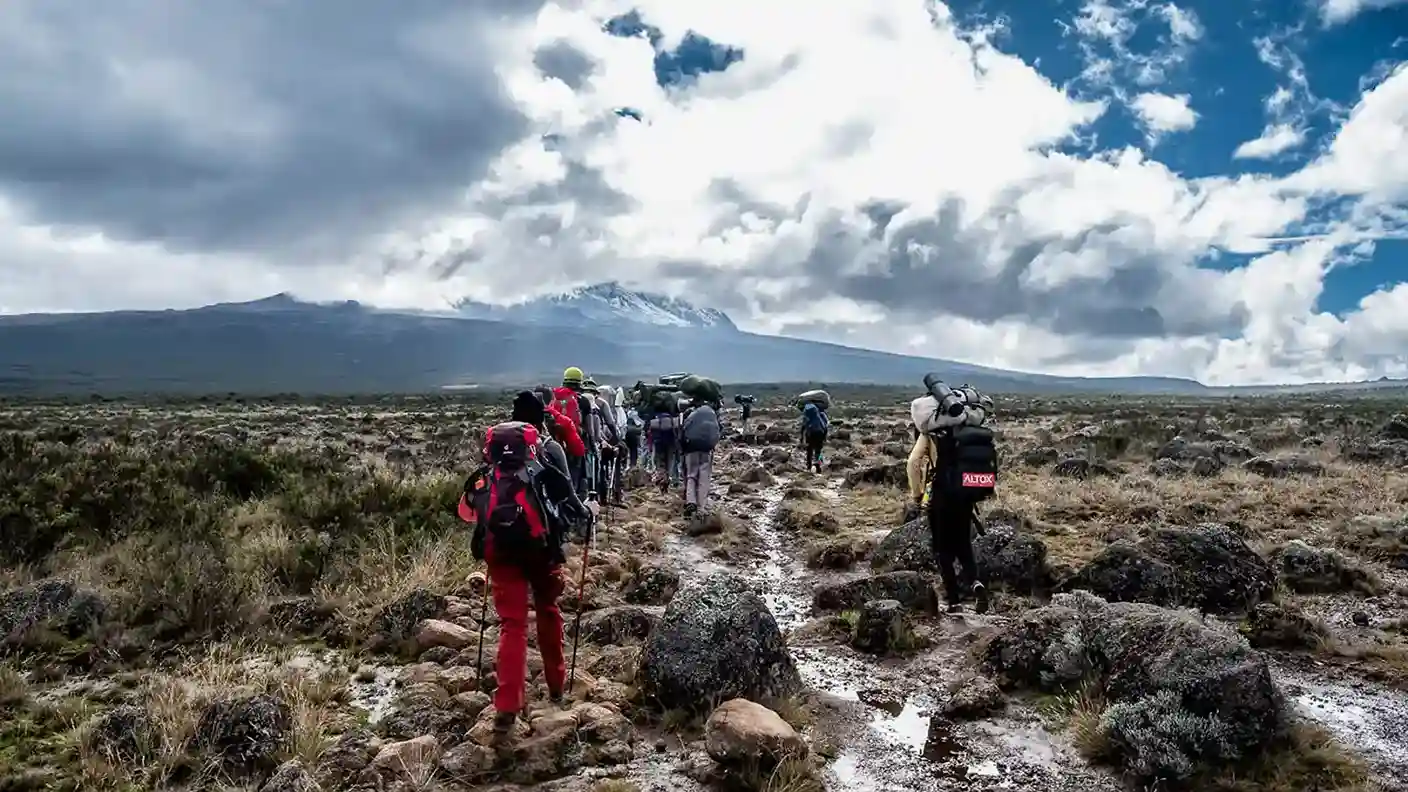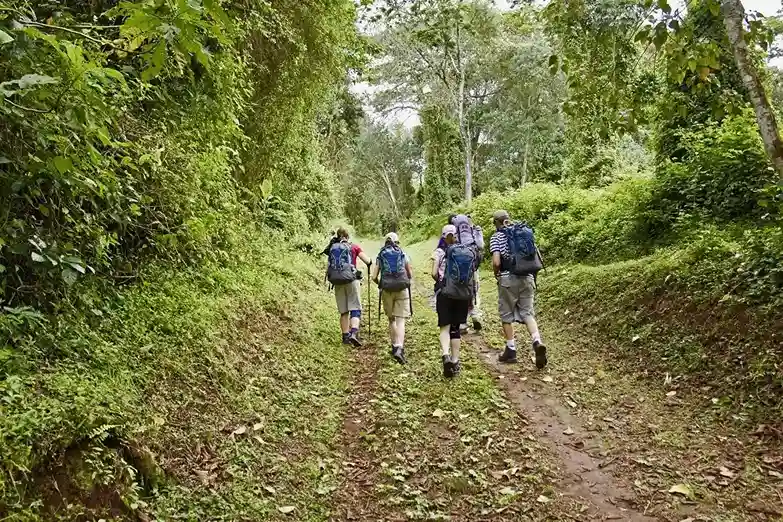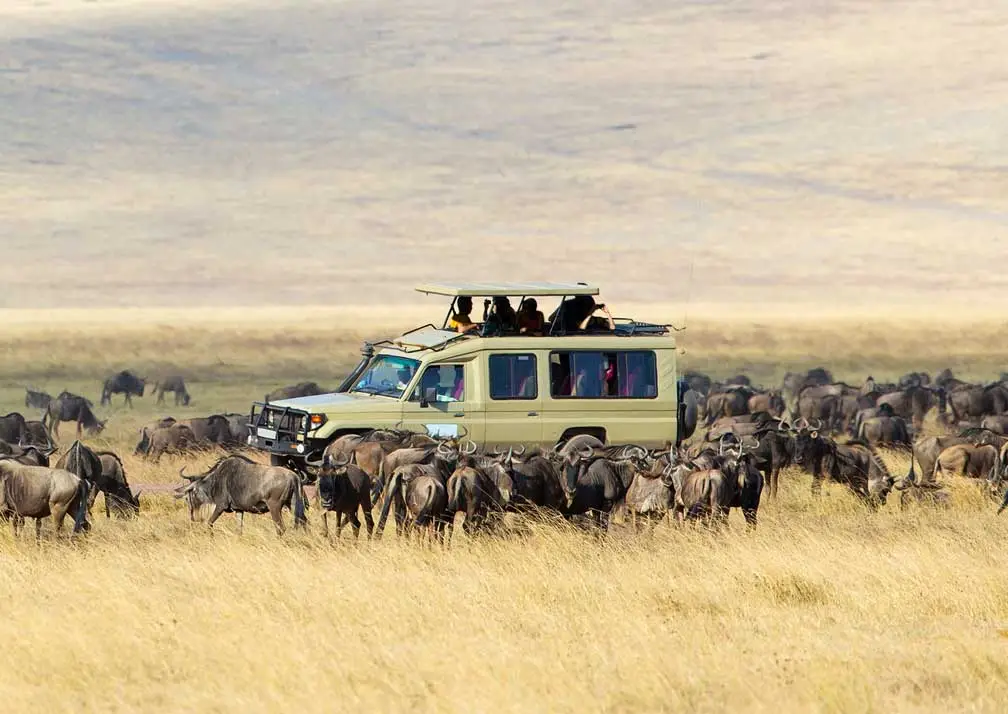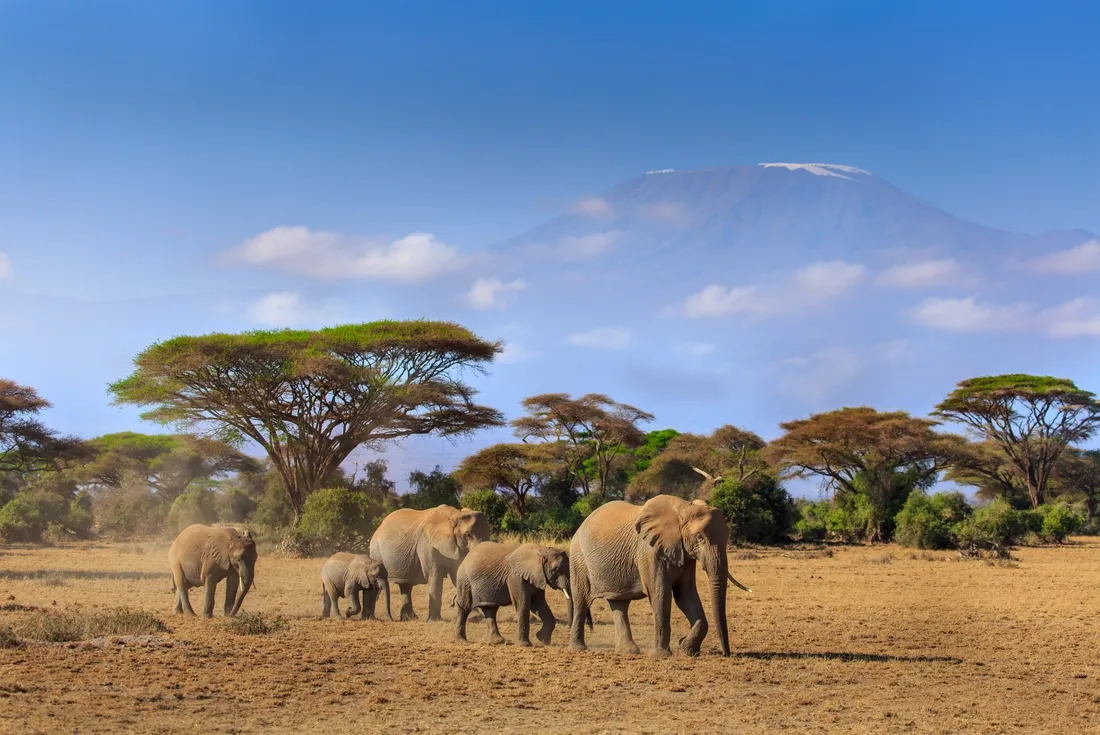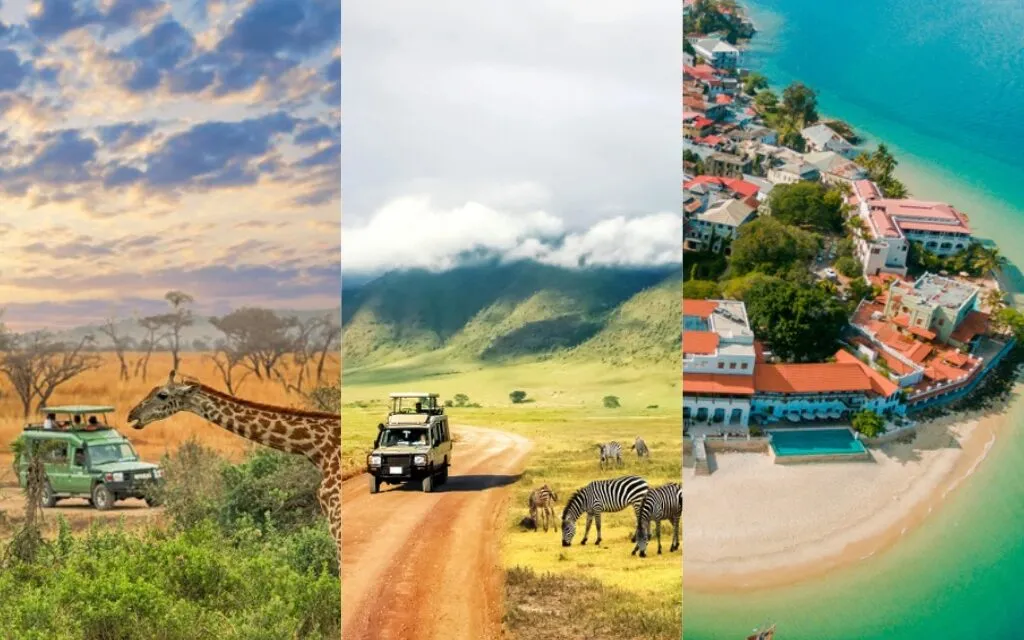Mount Kilimanjaro Rongai Route Climb – Affordable & Less Crowded
Discover the Mount Kilimanjaro Rongai Route with Capable Africa Tours for an affordable Kilimanjaro Rongai trek. This less crowded Kilimanjaro route, starting at Nalemoru Gate, offers a scenic Kilimanjaro northern approach Rongai to Uhuru Peak. Enjoy unique wildlife sightings, expert-guided Rongai Route summit climbs, and eco-friendly camping along Rongai Route. Perfect for adventurers seeking a memorable Kilimanjaro trekking experience, our Kilimanjaro tour operators Rongai Route ensure high success rates. Explore the best Rongai Route Kilimanjaro climb packages and plan your unforgettable trekking adventure in Tanzania!
Book Your Rongai Route Trek NowRongai Route Kilimanjaro Trek Highlights
- Duration: Rongai Route Kilimanjaro 6 days or 7 days, customizable
- Start Point: Nalemoru Gate, Kilimanjaro northern approach Rongai
- Main Focus: Scenic views from Rongai Route, less crowded Kilimanjaro route, high summit success
- Tour Style: Rongai Route guided climb, small groups (2–12 people)
- Best Time: January–March, June–October for best Rongai Route Kilimanjaro climb conditions
- Ideal For: Adventure seekers, first-time trekkers, Kilimanjaro adventure tours enthusiasts
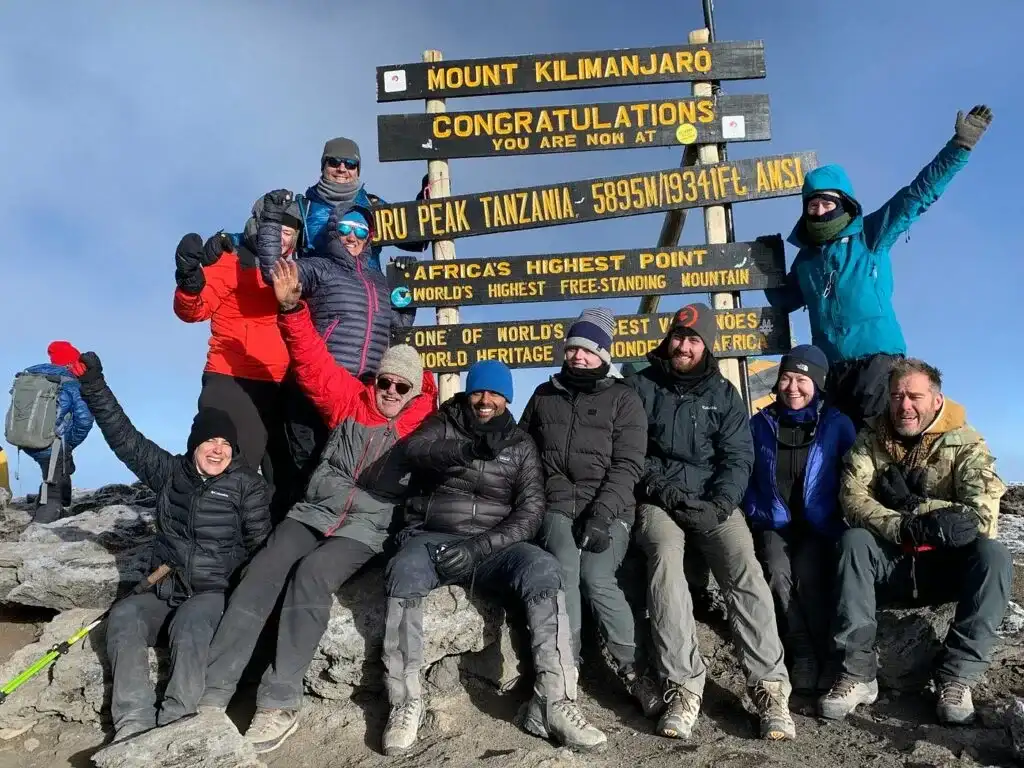
Introduction to the Mount Kilimanjaro Rongai Route
The Mount Kilimanjaro Rongai Route is a premier choice for climbers seeking a less crowded Kilimanjaro route. Starting at the start point Nalemoru Gate Rongai Route, this Kilimanjaro northern approach Rongai ascends to Mount Kilimanjaro summit Uhuru Peak (5,895m). The Rongai Route Kilimanjaro trek offers scenic views from Rongai Route, including Mawenzi Peak and Tanzanian plains, ideal for a serene Kilimanjaro trekking experience. With a Kilimanjaro elevation gain Rongai of 3,895 meters, the gradual ascent supports acclimatization on Rongai Route, achieving an 80–90% Rongai Route success rate.
Capable Africa Tours, trusted Kilimanjaro tour operators Rongai Route, provides affordable Kilimanjaro Rongai treks with professional Kilimanjaro guides and porters. Expect unique wildlife sightings on Rongai Route, like colobus monkeys, and eco-friendly Kilimanjaro climbs with camping along Rongai Route. This Kilimanjaro climbing Rongai Route is perfect for those craving an unforgettable trekking adventure in Tanzania.
Why Choose Kilimanjaro Climbing Rongai Route
The Kilimanjaro climbing Rongai Route is a top pick for its less crowded Kilimanjaro route status and scenic views from Rongai Route. Starting at Nalemoru Gate, climbing Kilimanjaro from the north offers solitude compared to Machame or Marangu routes. The gradual Kilimanjaro elevation gain Rongai enhances acclimatization on Rongai Route, reducing altitude sickness risks and boosting the Rongai Route success rate to 80–90%. The Rongai Route Kilimanjaro tour features unique wildlife sightings, including monkeys and birds, adding a safari-like element to your Kilimanjaro adventure tours.
With Capable Africa Tours, your Rongai Route guided climb includes professional Kilimanjaro guides and porters, eco-friendly camping along Rongai Route, and comprehensive Kilimanjaro climb safety tips. Whether choosing a Rongai Route Kilimanjaro 6 days or 7 days itinerary, this affordable Kilimanjaro Rongai trek delivers a rewarding Kilimanjaro trekking experience.
Kilimanjaro Rongai Route Itinerary Overview
The Kilimanjaro Rongai Route itinerary spans 6 or 7 days, optimized for acclimatization on Rongai Route and a high Rongai Route success rate to Mount Kilimanjaro summit Uhuru Peak. Starting at the start point Nalemoru Gate Rongai Route, the trek covers rainforests, moorlands, and alpine deserts. The Rongai Route Kilimanjaro 7 days itinerary includes an extra day at Mawenzi Tarn for better altitude adjustment. Here’s a sample Kilimanjaro Rongai Route itinerary:
- Day 1: Start point Nalemoru Gate Rongai Route to Simba Camp (2,600m) – 4–5 hours through rainforest.
- Day 2: Simba Camp to Second Cave (3,450m) – 3–4 hours with scenic views from Rongai Route.
- Day 3: Second Cave to Kikelewa Cave (3,600m) – 3–4 hours, gentle Kilimanjaro elevation gain Rongai.
- Day 4: Kikelewa Cave to Mawenzi Tarn (4,330m) – 3–4 hours, stunning Mawenzi Peak views.
- Day 5: Acclimatization on Rongai Route at Mawenzi Tarn – Short hikes for altitude adjustment.
- Day 6: Mawenzi Tarn to Kibo Hut (4,700m) – 5–6 hours, preparing for Rongai Route summit climb.
- Day 7: Kilimanjaro sunrise summit trek to Uhuru Peak (5,895m) and descent to Horombo Hut – 12–15 hours.
Our Kilimanjaro tour operators Rongai Route ensure safe descents via Marangu Route for efficiency.
What’s Included in Our Kilimanjaro Trekking Packages Rongai
Our Kilimanjaro trekking packages Rongai are all-inclusive for a seamless Rongai Route Kilimanjaro tour. Here’s what’s covered for your Kilimanjaro climbing Rongai Route:
Inclusions
- Round-trip transfers from Moshi or Arusha for Rongai Route guided climb
- Professional Kilimanjaro guides and porters for Kilimanjaro expedition support crew
- Kilimanjaro trekking permits & fees for Kilimanjaro park entry points Rongai
- Full-board meals and purified water during Rongai Route Kilimanjaro trek
- Eco-friendly Kilimanjaro climbs with camping along Rongai Route
- Oxygen tanks and first-aid kits for Kilimanjaro climb safety tips
- Pre- and post-trek accommodation in Moshi
Exclusions
- International flights to Tanzania
- Travel or medical insurance
- Tips for Kilimanjaro expedition support crew (~$15–20 pp/day, optional)
- Personal gear (sleeping bags, trekking poles)
- Alcoholic beverages
- Visa fees for Tanzania
Best Time to Climb Kilimanjaro via Rongai Route
The best time to climb Kilimanjaro via Rongai is January–March and June–October, offering dry conditions for the Rongai Route Kilimanjaro trek. These seasons ensure clear scenic views from Rongai Route and optimal weather for climbing Kilimanjaro from the north, enhancing the Rongai Route success rate. The Kilimanjaro northern approach Rongai benefits from less rainfall, making it a great choice for Tanzania trekking tours Rongai. Wet seasons (April–May, November) offer lush greenery but muddy trails, ideal for a Kilimanjaro private trek Rongai with fewer climbers.
Rongai Route Difficulty Level & Acclimatization Tips
The Rongai Route difficulty level is moderate, making the Kilimanjaro climbing Rongai Route suitable for fit beginners. The Kilimanjaro elevation gain Rongai of 3,895 meters is spread over 6–7 days, with acclimatization on Rongai Route reducing altitude sickness risks. The Rongai Route Kilimanjaro 7 days itinerary includes an extra day at Mawenzi Tarn, boosting the Rongai Route success rate to 80–90%. Our professional Kilimanjaro guides and porters provide altitude sickness prevention on Kilimanjaro tips, ensuring a safe Rongai Route guided climb.
Kilimanjaro Trek Packing List for Rongai Route
A comprehensive Kilimanjaro trek packing list is essential for the Rongai Route Kilimanjaro climb. Prepare for varying climates and altitude sickness prevention on Kilimanjaro with these items for your Kilimanjaro adventure tours:
- Layered Clothing: Moisture-wicking layers, fleece, and waterproof jacket for Rongai Route Kilimanjaro trek.
- Trekking Boots: Waterproof, ankle-support boots for climbing Kilimanjaro from the north.
- Sleeping Bag: -10°C rated for camping along Rongai Route.
- Headlamp: With extra batteries for Kilimanjaro sunrise summit trek.
- Sunscreen & Sunglasses: SPF 50+ and UV glasses for alpine sun on Rongai Route summit climb.
- Water Bottles: 3L capacity for hydration during Rongai Route Kilimanjaro tour.
- Diamox: Consult a doctor for altitude sickness prevention on Kilimanjaro.
- Trekking Poles: For stability on Rongai Route guided climb descents.
Kilimanjaro Climb Safety Tips for Rongai Route
Safety is critical for the Kilimanjaro climbing Rongai Route. Capable Africa Tours ensures a secure Rongai Route Kilimanjaro trek with these Kilimanjaro climb safety tips:
- Acclimatization: Follow the “pole pole” pace for altitude sickness prevention on Kilimanjaro.
- Health Monitoring: Daily pulse oximeter checks by Kilimanjaro expedition support crew.
- Emergency Gear: Oxygen tanks and first-aid kits for Rongai Route guided climb.
- Weather Preparedness: Pack for cold nights on camping along Rongai Route.
- Expert Guides: Professional Kilimanjaro guides trained in high-altitude rescue.
Rongai Route Kilimanjaro Trek Gallery
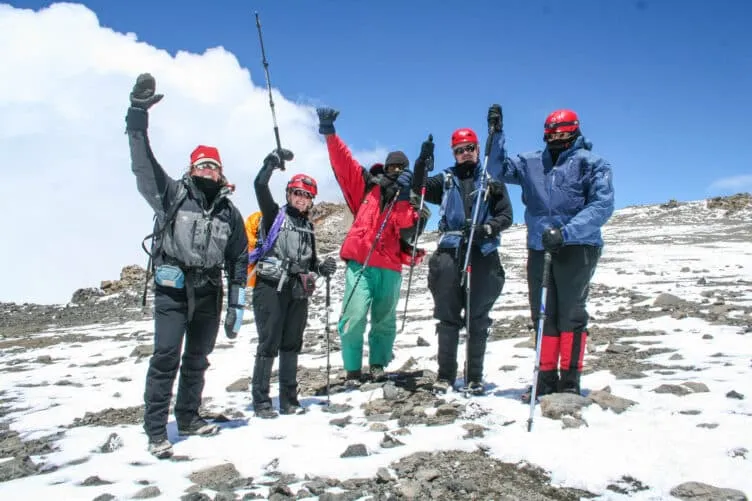
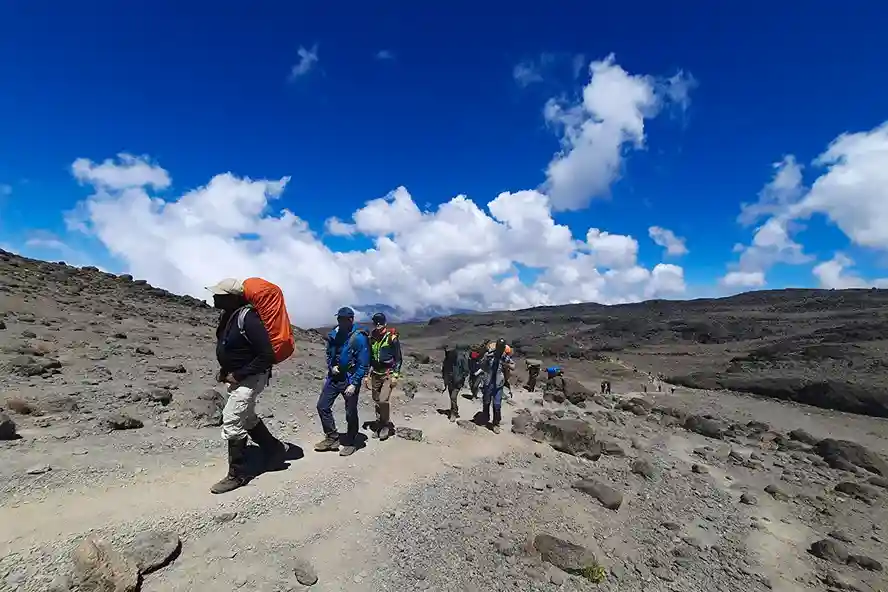
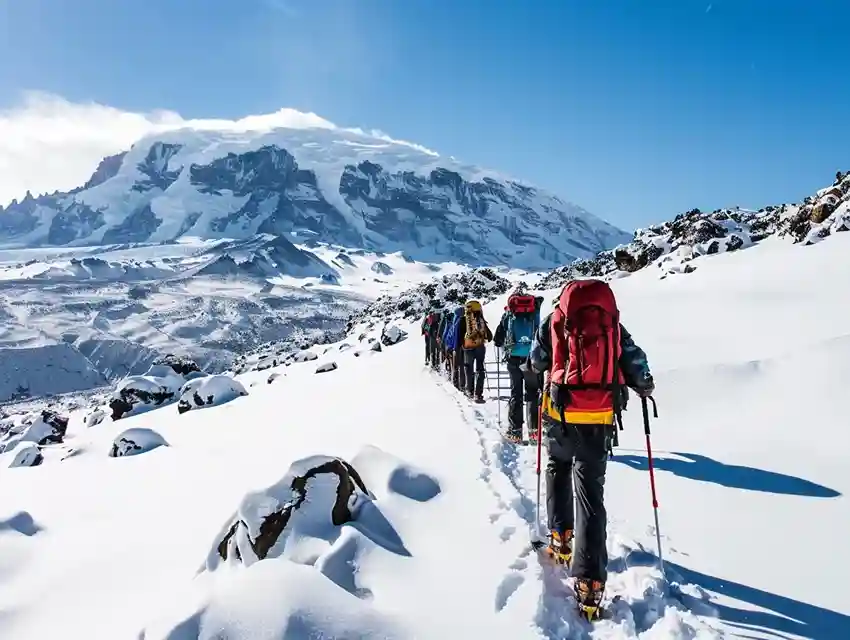
Experience the Best Rongai Route Kilimanjaro Climb
Watch the unforgettable trekking adventure in Tanzania with the Kilimanjaro climbing Rongai Route, from Nalemoru Gate to the Kilimanjaro sunrise summit trek at Uhuru Peak.
Cost of Rongai Route Kilimanjaro Trek Packages
The affordable Kilimanjaro Rongai trek costs range from $1,800 to $3,500 per person, depending on duration and group size for the Rongai Route Kilimanjaro tour. Budget options include shared camping along Rongai Route, while Kilimanjaro private trek Rongai offers exclusive experiences. Here’s a breakdown:
- Budget Trek: From $1,800 for Rongai Route Kilimanjaro 6 days group tours.
- Mid-Range Trek: $2,200–$2,800 for Rongai Route guided climb with quality gear.
- Private Trek: From $3,000 for tailored Kilimanjaro private trek Rongai.
Contact us to customize your Rongai Route Kilimanjaro climb!
Unique Wildlife Sightings on Rongai Route Kilimanjaro Trek
The Kilimanjaro northern approach Rongai offers unique wildlife sightings on Rongai Route, enhancing your Kilimanjaro trekking experience. Near the start point Nalemoru Gate Rongai Route, spot colobus monkeys, blue monkeys, and vibrant birds like turacos. Higher zones may reveal antelopes or occasional elephants, making the Rongai Route Kilimanjaro trek a unique blend of trekking and safari with Tanzania trekking tours Rongai.
Ready for Your Mount Kilimanjaro Rongai Route Adventure?
Embark on an affordable Kilimanjaro Rongai trek with Capable Africa Tours. The less crowded Kilimanjaro route via the northern approach leads to Mount Kilimanjaro summit Uhuru Peak with an 80–90% Rongai Route success rate. Enjoy eco-friendly Kilimanjaro climbs and combine with a Serengeti safari for a complete Tanzania trekking tour!
- 80–90% Rongai Route success rate with acclimatization
- Rongai Route guided climb with professional Kilimanjaro guides
- Eco-friendly camping along Rongai Route
- Small groups for personalized Kilimanjaro adventure tours
- Supports local conservation and Kilimanjaro expedition support crew
Limited spots for the best Rongai Route Kilimanjaro climb—book now for your unforgettable trekking adventure in Tanzania!
Book Your Rongai Trek Now
